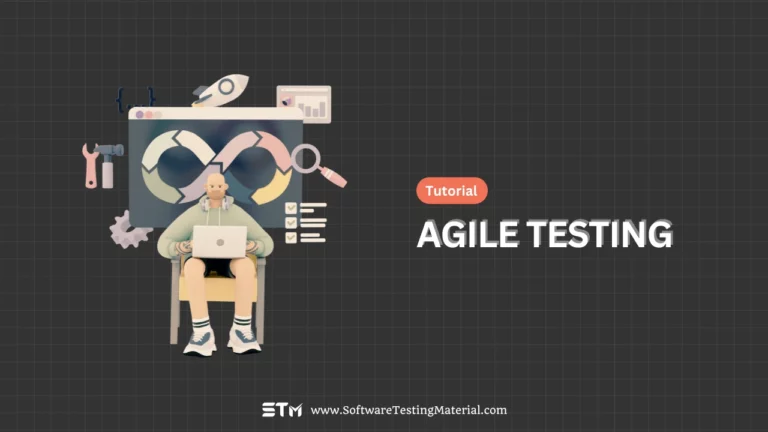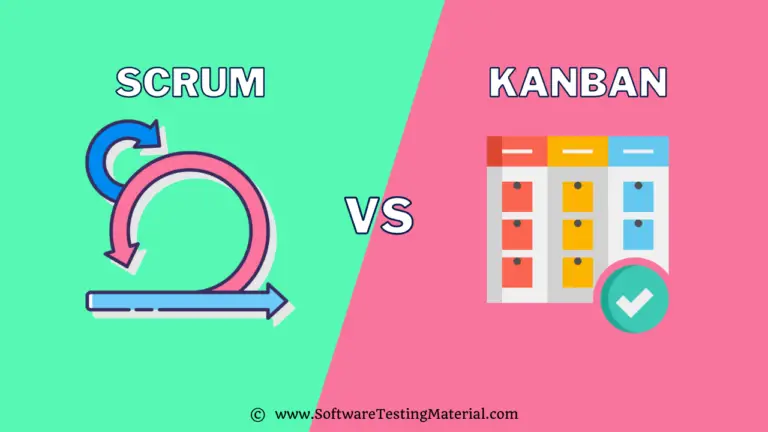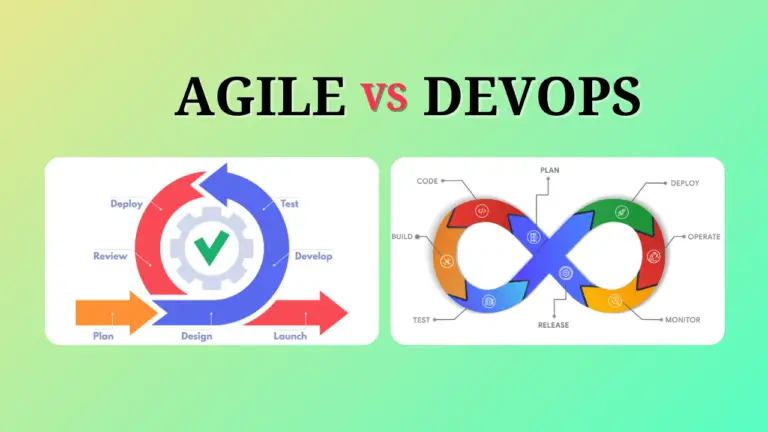Scrum vs Waterfall: Everything You Need To Know

In the previous article, we learned the difference between Agile vs Waterfall, and in this article, we are going to learn the difference between Scrum vs Waterfall and also the following
What is Scrum?
Scrum is the most popular agile method, and that is why it is often confused with agile.
Scrum acts as an incremental and iterative approach to project management and software development. It aims to deliver a software product as quickly and efficiently as possible with fewer headaches. It describes a set of meetings, tools, and roles to help teams manage their work effectively.
Scrum is based on 3 pillars known as Transparency, Inspection, and Adaptation.
What is Waterfall Method?
The waterfall method is a traditional System Development Life Cycle (SDLC) model. It follows a sequential, linear design process used for software design and IT projects. It goes through different phases such as Requirement Gathering, Feasibility Study/Analysis, Design, Coding, Testing, Installation and Maintenance. Every next phase will begin only after the completion of the previous phase. This method is preferred in projects where quality is more important as compared to schedule or cost.
What is the difference between Scrum & Waterfall?
The scrum and waterfall methodology work in a very different manner when compared with each other. On the basis of several parameters, the distinction can be understood in the following table
| Parameter | Scrum | Waterfall |
|---|---|---|
| Definition | When in Scrum, the team members are encouraged to check the operability with communication as the key. Meetings are scheduled in Scrum, which is also known as Events. So in lay man’s term, we can say that members need to focus on what is working and what is not through meetings and plannings. | When the team follows the waterfall model/ methodology, the project management approach is typically linear in structure. It all starts from the point stakeholder and the customer requirements are gathered, later follows with a sequential project plan being created in order to accommodate those requirements. As each phase of the project is seen to be cascading into the next phase like a waterfall, the name is so. |
| Principles/ Events | The events that we mentioned above are as follows: Scrum meetings Sprint Planning Meetings Sprint Retrospective | The waterfall model is based on three principles mainly: Low customer involvement Strong documentation, Sequential structure. To document all customer requirements. Schedule the next meeting only after the final product is ready to be delivered |
| Usage/ Board | The work done by the team and is divided within individuals, calculated in a short interval of time called sprints. | The work done by the team is divided into phases and the etam works closely. |
| Owners | The scrum board is typically owned by one Scrum team. The scrum board is run by a person who is also a leader named ‘Scrum Master’. There is one more peculiarity of a scrum team. A scrum team is a cross-functional group of people with a background of required skillsets in order to complete all the tasks in the sprint. | There is no Board as Scrum in Waterfall method typically. Also unlike the scrum, there is no Scrum master in the team. The waterfall team works closely and the customer is kept at bay until the results are not near by. In most cases, the authority is handed over to the project manager, to decide the budget and use the resources. |
| Due Dates / Delivery Timelines | In Scrum, as read earlier, task deliverables are majorly determined by sprints. Also known as a set period when a set of work must be completed and be ready for review. The measure of production in Scrum is by using the concept of velocity through sprints. | There is no concept of sprints in waterfall, however, the work is completely tightly bound phases. The onr directlional downward flow across the teams is followed. Delivery through waterfall methodology defines the product in a very detailed way right at the beginning of the process. Hence benchmarking the deliverable and start or end dates alongwith the milestone planning is completed early. The team’s ability to work and the progress tracking is done in a much easier way. |
| Prioritization | Scrum uses a “pull system”. In this method, a complete batch is pulled for each iteration i.e ‘sprint’. | The waterfall method as mentioned earlier follows a liner, sequential and straightforward approach. |
| Modifications / Changes | While dealing with Scrum, any changes or modifications are strongly discouraged when within the sprint. | While dealing with waterfall, any changes or modifications are welcomed only at the requirement gathering, i.e at the first stage. |
| Best Applications | Scrum acts best for the teams which possess comparatively stable priorities plus those which does not change much with time. Due to this ability, it is much easier to adapt to constant changes. Also, the short sprints and regular feedback helps a lot in overall delivery. | Waterfall method acts best for the team which have the product requirements documented and approved right at the beginning of development. Hence waterfall method works best for the products which are predictable and also which are smaller in size. The waterfall method teams which have commitment to deliver a specific set of features finds the methodology very useful. |
| Pros | A few of the pros of using scrum are listed as follows, Even if a team member leaves the team in between, the project plan won’t be much disturbed. Using Scrum firms can effectively save time and money. | A few of the pros of using scrum are listed as follows, The consensus with the team is that the developers and customers agree on the product that will be delivered early in the development lifecycle. This enables a straightforward approach. Since the entire scope of the work is decided in advance, the tracking of the progress is easily measured. |
| Cons | In day to day work life, attending daily meetings sometimes may appear frustrating to the team members. | As straightforward as the waterfall method may appear, so are there some challenges, Returning to the previous stage in the Waterfall methodology is not permitted. If a fail occurrs at the later stages of the Waterfall process, yet the complete project would start from the scratch. Documenting every feature and necessary information about the customer’s demand may lead to a consumption of considerable amount of time. As the customer gets the product only after the work is finished, the risk of customer unsatisfaction is high. |
Related posts:
- Agile vs Waterfall: Everything You Need To Know
- Agile Vs. Scrum: Everything You Need To Know
- Waterfall Model in Software Development Life Cycle
- Scrum vs Kanban: Everything You Need To Know






